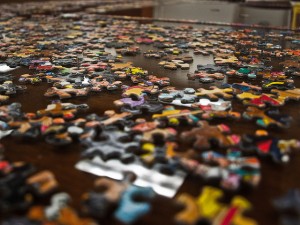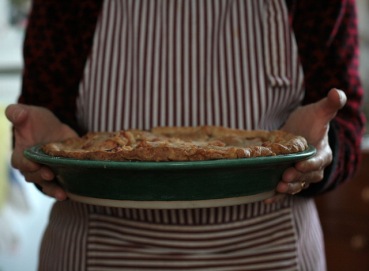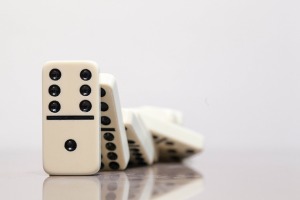I think antibodies are one of the COOLEST parts of human biology. You’ve likely heard of antibodies before, but you probably aren’t recognizing just how awesome they are. Let me fill you in.
An antibody is a large protein that recognizes a small part of a foreign invader, called the antigen. Invaders can be viruses, bacteria, fungi, or sometimes food particles. While one end of the antibody binds to its antigen like super strong Velcro, the other end sticks out and sends the signal, “I’ve caught one! Bring in the troops!”. The troops (other immune cells) swoop in to destroy the invader.
The amazing thing is that your body has the ability to generate antibodies to over 1,000,000,000 antigens!! How is this accomplished?
Antibodies are generated by a type of immune cell called a B cell (B stands for bone marrow, where the cells originate). The genes that make antibodies are actually referred to as multigene families because they are so large. There are three multigene families in human B cells, and each family consists of multiple family members, called gene segments. While each B cell is growing up, or maturing in the bone marrow, enzymes called recombinases actually shift the gene segments around like puzzle pieces. Because there are a so many gene segments, the number of possible combinations is mind-boggling. It’s a great thing, though, because it means we can fight off lots of foreign enemies.
Once a functional gene is pieced together, the DNA is transcribed and translated, and an antibody is born. The antibody is sent to the B cell’s surface where it sticks out to face the human body world. Before a B cell can be considered really mature, it has to undergo a check to make sure it’s antibody doesn’t bind to any self antigens. If this were to occur, your immune system would start attacking itself, and would result in an autoimmune disease, like lupus.
After passing this check point, the B cell hangs out in your lymph nodes and waits for the foreign invader that matches it’s antibody. If and when the invader appears, the B cell divides super quickly, producing more B cells that generate more and more of the same antibody. This B cell army then releases their arsenal of targeted weapons to destroy the intruder. The enemy is killed, and you never get sick.
This phenomenon of DNA rearrangement has not observed for the production of any other proteins besides antibodies. And this is why I think antibodies are so cool!


